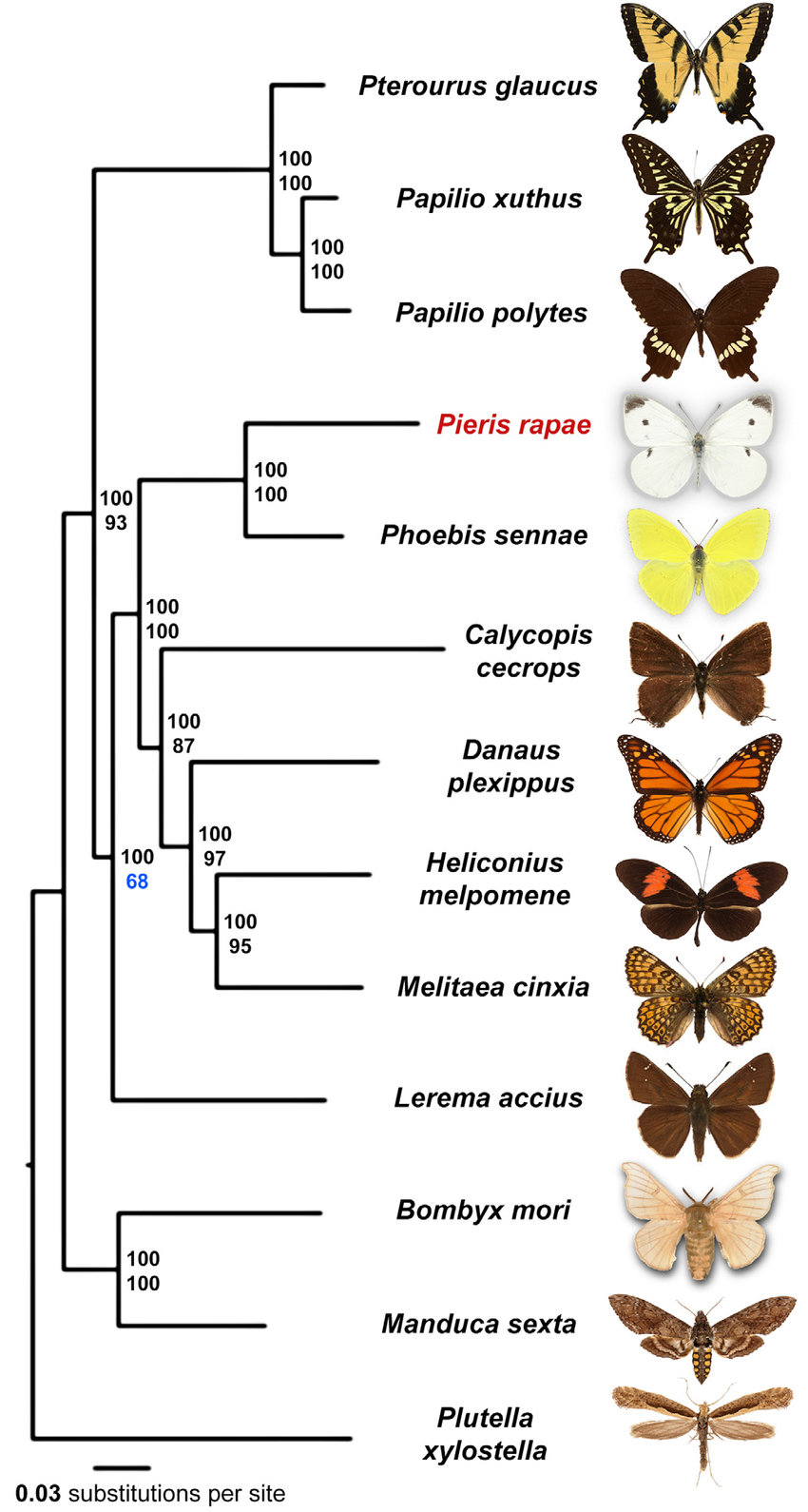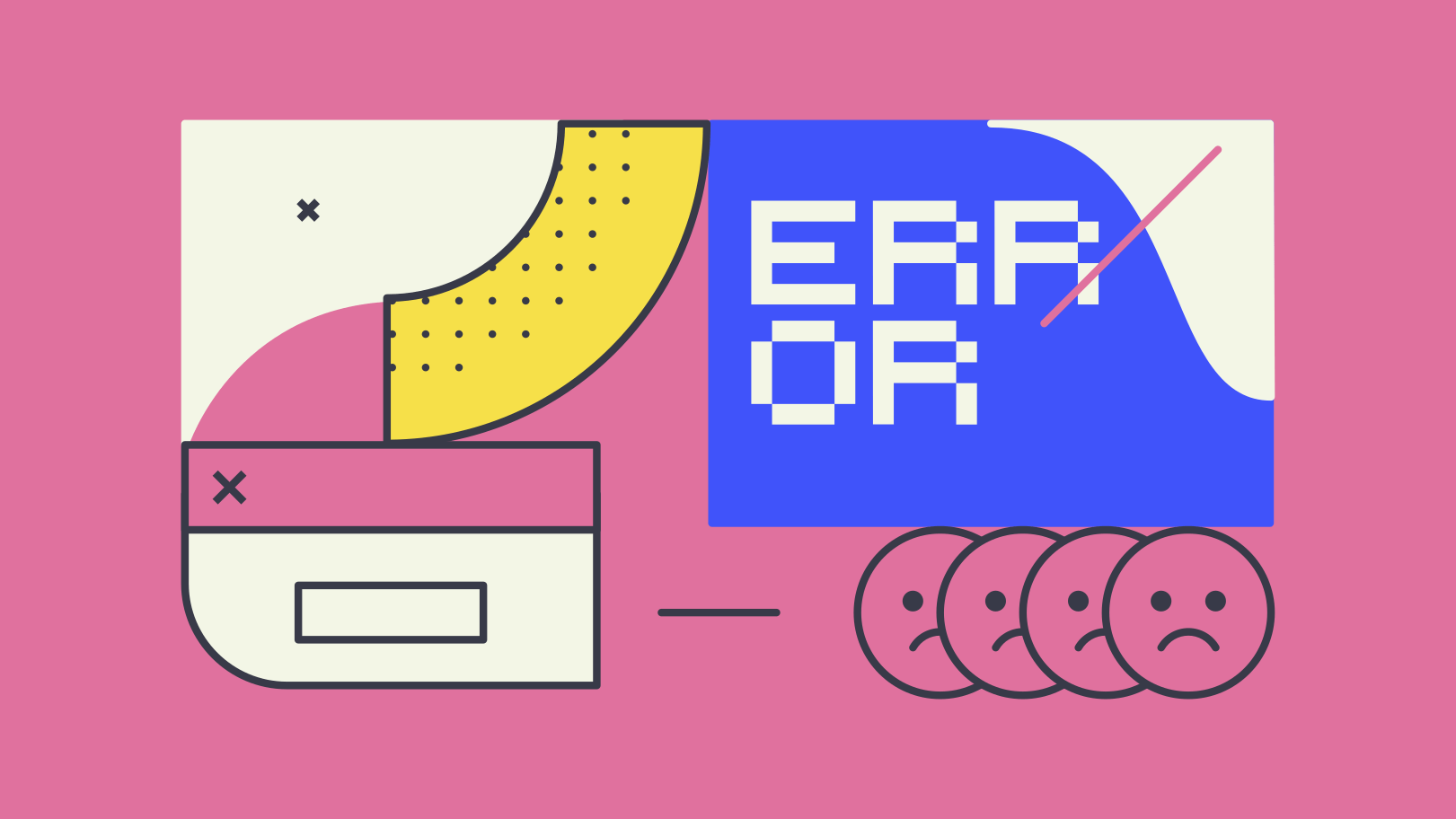When the Emotive Brand design team creates a brand system, we design it to last for many years. In order for a brand system to last that long, it needs to be consistent with a specific core idea, yet flexible enough to grow over time in order to accommodate changes in the landscape, growth into new sectors, building out sub-brands, etc. Let’s explore two different methodologies in conducting brand design and the end result of each: modernist design and emergent design.
Modernist Design: One Solution
Modernist design methodology is built on the practice of digging to find the golden nugget of a single solution, then testing and polishing that nugget into something that is refined and workable for the specific problem at hand. The rules for the solution are codified and set in stone. The specific problem is continually solved using the same set of rules. However, this often leads to the same solution being applied to multiple different problems as a way of short cutting the design process. Why wouldn’t businesses be trying to use the same solution? It’s what they have in their toolkit – but they aren’t aware that this method is ill-fated from the start. It’s the classic “when all you have is a hammer, everything looks like a nail.”
In contrast, emergent design strives to give you the raw steel to work with, so you can create hammers, pliers, screwdrivers, drills, any tool that will naturally solve the problem at hand yet still remain true to its core composition.


Emergent Design: A Step Further
Similar to modernist design, emergent design also strives to find that nugget, but goes a step deeper and inspects the atomic composition of the nugget, and uses that underlying structure to let the rest of the design system emerge naturally from its basis.
Just as nature is able to adapt to its environment, emergent design adapts to an ever-changing business environment. Take the butterfly. Within the core of a butterfly is a systemic solution to a specific set of problems, but those problems can vary across the entire planet, yet the core of the butterfly is able to adapt. Circumstances were created to benefit an insect that drinks nectar and transfers pollen across plants. This in turn became beneficial to the larger ecosystem. The butterfly never receives education or is told specifically what to do in its role, but the structure of the creature itself lets its behavior emerge naturally.

Designing To Let Your Brand Learn on Its Own
Emergent rulesets are cultivated naturally from the core of a brand in response to execution. We learn in the same way. Our core has a few properties that are true no matter what, then we are let loose to execute that core within the world. The results that we receive from our behaviors directly modify our core and lead us to change our next execution. A new rule has emerged.
Let’s say that you’re a naturally curious teenager. Your curiosity is your core and it naturally leads you to learn new things. So you pick up guitar and learn a few songs to show your friends. You get a positive reaction and a big rush of dopamine. A new ruleset has emerged. Learning new things at a deeper level facilitates your core curiosity in a beneficial way and so that emergent ruleset of deeper learning becomes interwoven with your core. This modification to the core will change your behavior to not only be curious about things, but to learn them on a deeper level in the future.

Adaptation and learning are innate characteristics to emergent design. Take Darwin’s finches below. They are of the same family (share the same core), but have adapted to their environments over time. Emergent brands do the same thing. The core is not prescriptive, but emergent. The core family of these birds did not restrict their adaptations, because if it did they wouldn’t be able to propagate as much as they have. Because the core was able to be modified from external factors, the core let an adaptation emerge in order to take advantage of a new food source. In business, this means your brand can flourish entering a new market and still represent the core of your company.

An Emergent Brand Is Self-Maintaining
Emergent design leads to the opposite of a traditional brand guidelines document. Instead of specifying very specific instances where the system was designed to work, we instead specify the core concept and underlying structure of the brand and let the rules dictate themselves. An emergent system grows over time, it adapts to its environment, and as a result the rulesets change and grow over time as well. This eschews the typical PDF or printed guidelines document where everything is set in stone and ushers in a new era of digital-only guideline systems that are accessible and editable by your design team.
When a designer looks at an emergent brand, they should be able to take in the system from seeing just a few examples and be able to execute the system without drudging through 5 pages of what NOT to do with your logo. The componentry at work isn’t the thing that needs to be systematized. The most critical thing that a designer needs to understand about an emergent brand is what defines the core and what properties are being used to express the core.

When we consider the Embark example above, this is what the core of a brand looks like. Embedded into the geometry of the mark is a series of hexagons. This is all you need to design the rest of the Embark system.
But Emergent Design Depends on the Designer
The thing about emergent design systems is that you need really good designers to see them through thoughtfully. You can’t just plug any person into your design role and expect them to be able to execute on an emergent brand. They need to be able to see the underlying structure of your system and know where to push it to adapt to your business’s needs. Take Yamaha for example. Their core is “Sharing Passion & Performance.” They make products that range from dirt bikes to professional audio equipment. If they had a strict modernist brand, both of the products below would share the exact same design characteristics. However, they don’t. The dirt bike is light, stripped-down, colorful, and aggressive. To the right, the guitar amplifier is a solid and reliable heirloom that is beautiful enough to be passed down to your grandchildren. They still stuck to their core of “Sharing Passion & Performance,” but they adjusted the aesthetic values of the execution based on the emergent nature of the forms of the products themselves and the demographics of the people who would buy them.

How To Interview Designers for Your Emergent Brand
Here are some questions to gauge fluency in emergent design and the underlying intention behind design candidates.
What is your philosophy of design?
- See if they have a specific idea of what they are trying to accomplish in their practice. If they are early on in their career, it might be fuzzier. Avoid people who just want to make “cool shit” without any conceptual thinking backing it up.
Where do you start in your design process?
- Look for whether or not concepting is at the start of their process, or if it’s there at all. Concept underlies all emergent design.
Can you show us an example of something where you had to research a really complex topic in order to come to your design solution?
- It’s critical for designers to have a cogent understanding of the topic they are designing for. They are making decisions that are directly impacting the communication of the business and they need to understand it thoroughly.
What is the underlying idea in a specific project and how was that idea brought to life in componentry?
- See if the idea extends into typeface selection, color choice, graphic system. There should be an underlying idea that has informed the whole system and that idea should be woven throughout everything.
You wouldn’t use only a hammer to build a house. There’s a myriad of problems that you run into that require special tools suited to each individual job. Emergent design allows for multiple tools and solutions to naturally occur that all remain true to your original core element. It’s a flexible methodology for chaotic times and a philosophy proven by nature for 3.5 billion years.
Emotive Brand is a San Francisco-based brand strategy and design studio.






